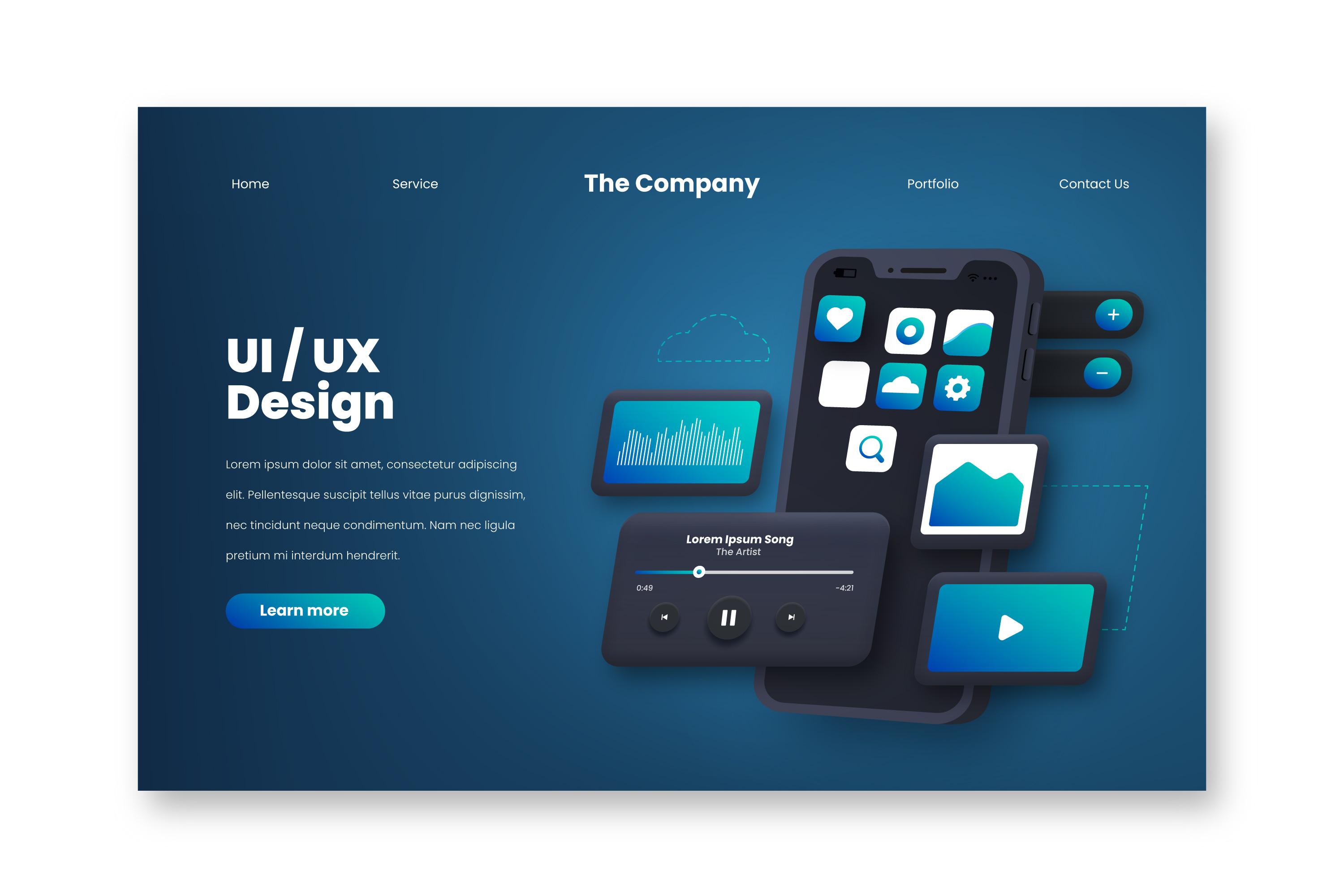User Interface (UI) and User Experience (UX):
- blog.kaafex.com
- 6 April 2024
- AI
- 0 Comments

The difference between User Interface (UI) and User Experience (UX)
The difference between User Interface (UI) and User Experience (UX)
UI (User Interface):
UI stands for User Interface, which refers to the series of screens, pages, and visual elements – such as buttons and icons – that enable a person to interact with a digital product or service. Simply put, it’s anything a user interacts with when using a digital product or service, including screens, touch screens, keyboards, sounds, and even lights. To understand the evolution of UI, it’s helpful to learn more about its history and development.
UX (User Experience):
UX stands for User Experience, which is what a person experiences when interacting with each part of a company’s products and services. Their experiences may evolve, change their feelings toward those interactions, whether positive, negative, or neutral. The credit for inventing the term “User Experience” goes to Don Norman in the early 1990s when he was working at Apple. He defined it as follows: “User Experience encompasses all aspects of the end user’s interaction with the company, its services, and its products.
The difference between UI and UX:
UX design focuses on anything that affects the user’s journey to solve a problem, whether positive or negative, on-screen or off-screen. Meanwhile, UI design focuses on how the surface of the product appears and works. The user interface is just one part of that journey.
UX design focuses on the user and their journey through the product, while UI design tends to be about screen details, with a focus on labels, visual style, cues, and structure. UX is the passage through a product, leaking out of the screen to explain the user’s journey and motivations, justifying the existence of things in the UI, and most importantly, the reason for leaving things.
UX includes all the experiences that any person has had with a product or service, while UI concerns the means by which people interact with a product or service.
For example, when thinking about ordering food online, UX includes the user’s interaction with placing their order on the company’s website, the experience of eating the food, as well as their satisfaction with it. Meanwhile, UI focuses on the visual design of the screens that the user interacts with, such as any color used for the order button and the placement of the button on the page. This can also include any interfaces the user may encounter within the store.
In conclusion, the difference between UI and UX is clear, and it’s important to distinguish between them, but they are inseparable in the process of designing websites.
And you can follow the next article for further clarification https://www.figma.com/resource-library/difference-between-ui-and-ux/
